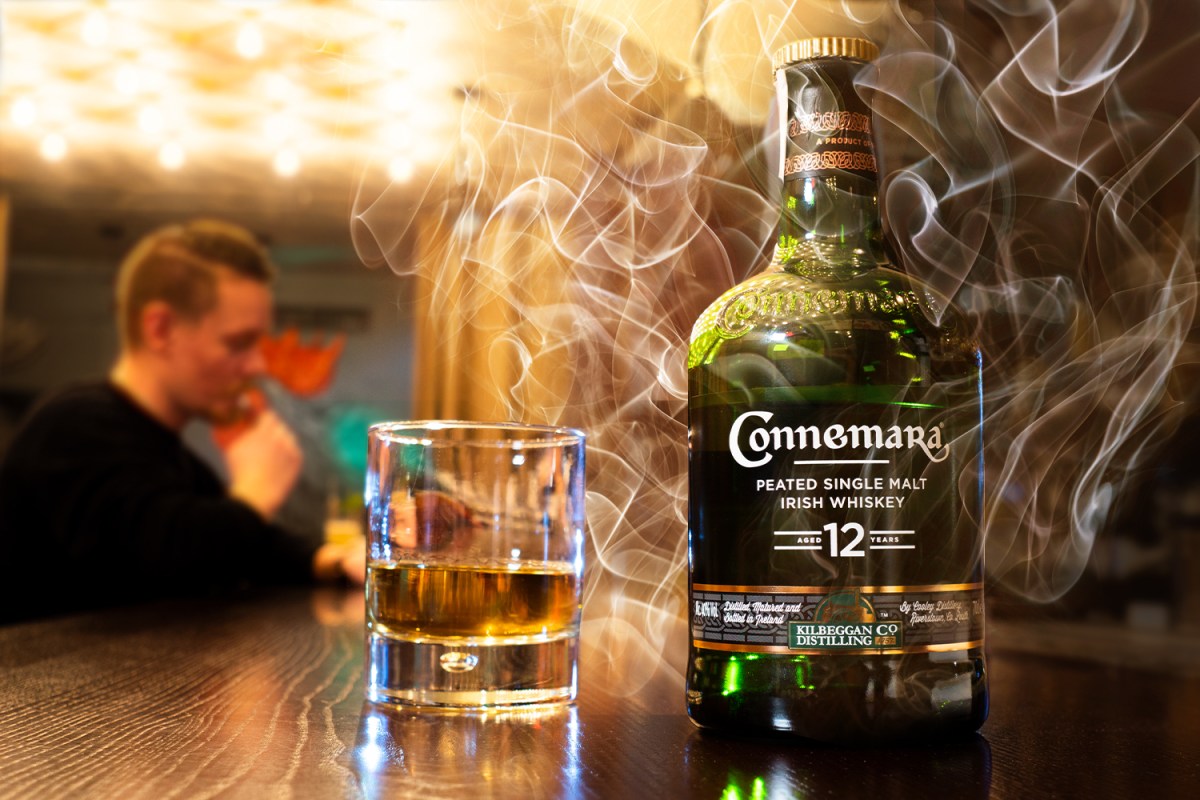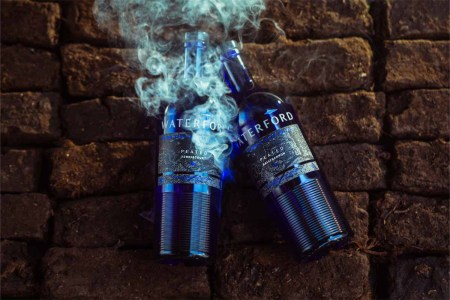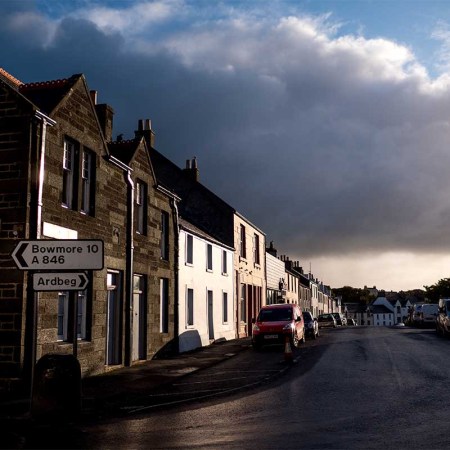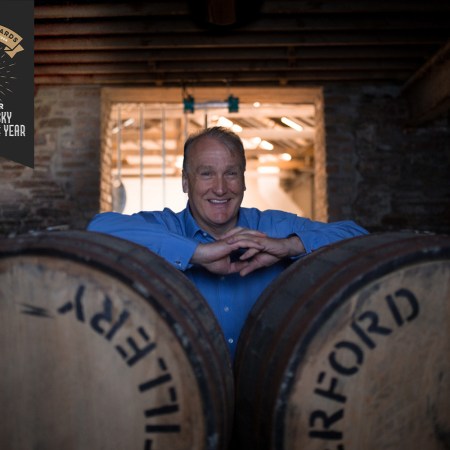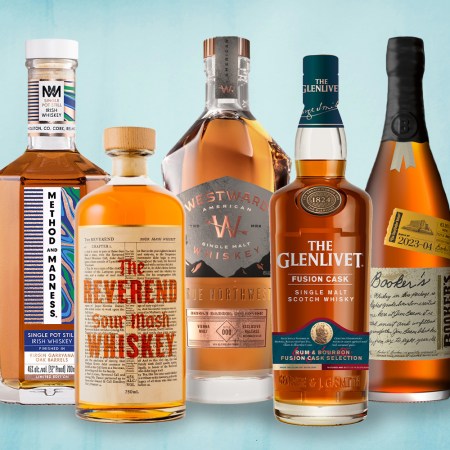Irish whiskey was once the most popular whiskey style in the world. That’s a fairly well-known fact. Less known is that the country has a long history of making peated expressions; while certainly not as popular today, one publication suggests a revival of that smokier style has led to around 80 peated Irish whiskeys on the market currently.
One brand in particular gets credit for the recent revival. “Connemara was the first and only peated Irish whiskey for a good number of years,” says Alex Coyningham, co-founder of Slane Irish Whiskey. “It’s exciting to see the idea of peated Irish whiskey expanding.”
Now, Slane doesn’t currently have a peated expression in its line, but the brand is working on something in the space. Slane grows its own barley on land they own, allowing for its Irish whiskey line to expand well beyond its flagship products. And a few other special blends are currently in the works (on our recent visit, Barry Farrell, Slane’s resident bartender, walked us through the process of creating peated Irish whiskey and Slane’s own capabilities). “The Irish whiskey category in general is evolving, as an increasing number of distilleries and brands all create their own identity through innovation and flavor,” Coyningham says. “The option of using peated malt is part of that journey.”
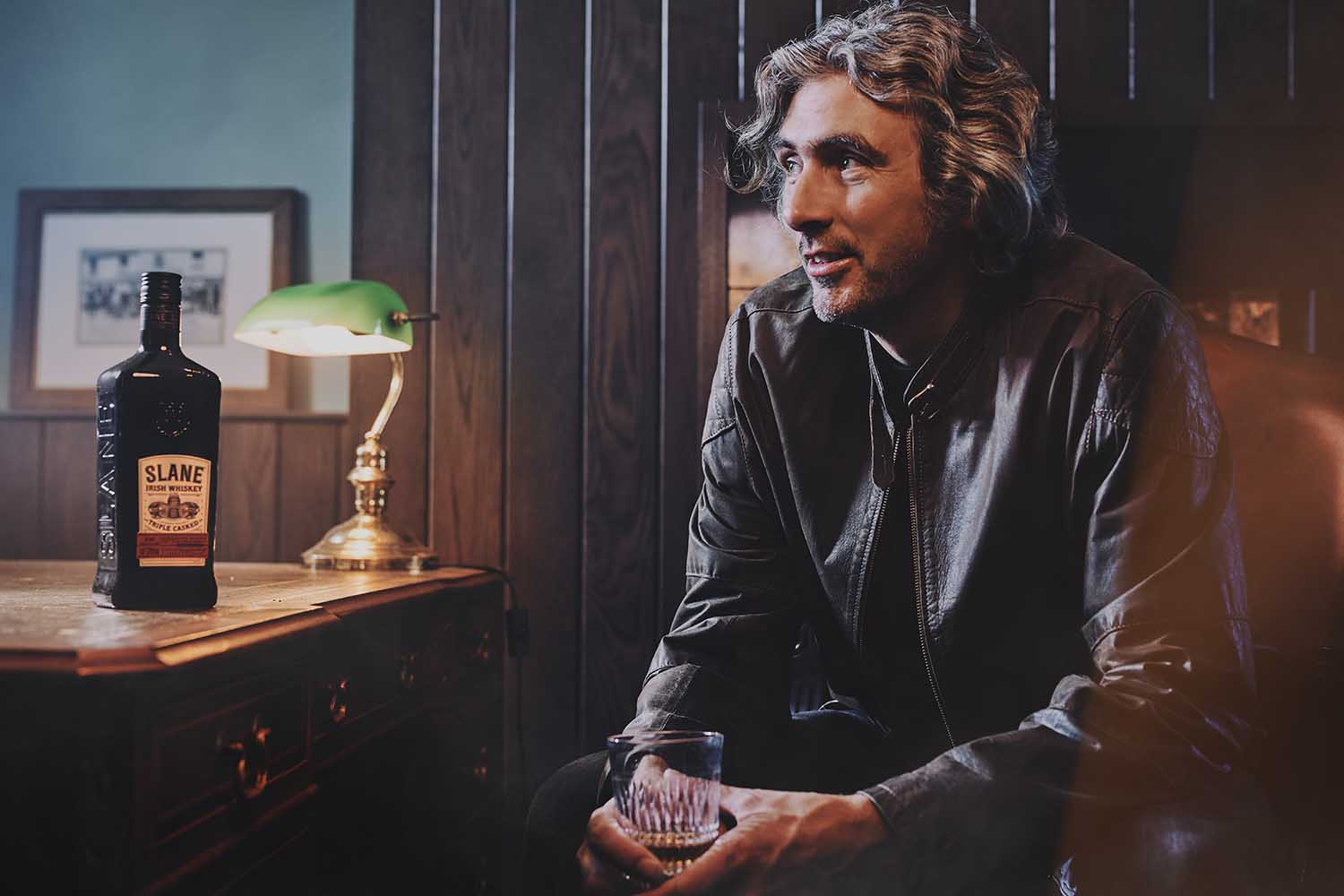
While most other Irish distillers agree that Connemara was an innovator and first in the (modern) peated space, there are now plenty more to choose from on store shelves, including The Legendary Silkie range of whiskies from Sliabh Liag Distillery, Blackpitts from Teeling and blends containing peated malt such as Bart’s Irish Whiskey from Lough Ree Distillery and The Chancer from the Irish Whiskey Bonding Company, the latter two having recently launched in the United States.
“Up to now, there were relatively few Irish whiskeys widely distributed in the U.S. — now more players are entering the market,” says Michael Clancy, founder and chief technical officer of Lough Ree (the distillery also makes Sling Shot Distilled Irish Gin, which they say is the only spirit that uses peat as a botanical). “A peated offering in the portfolio allows Irish whiskey brand owners to appeal to a curious Scotch drinker.”
But it’s not Scotch. As Clancy explains, peat is a natural product produced from decayed vegetation and will taste different depending on where it is sourced. So seaside peat in Scotland will not create the same flavor profile as one from an inland source in Ireland.
“The bigger difference between peated Irish and peated Scotch would be if peated malt — and/or peated but unmalted barley or oats — is used in pot still whiskey,” Clancy says. “The unmalted cereals will give more oily, creamy and spicy characteristics to the whiskey.”
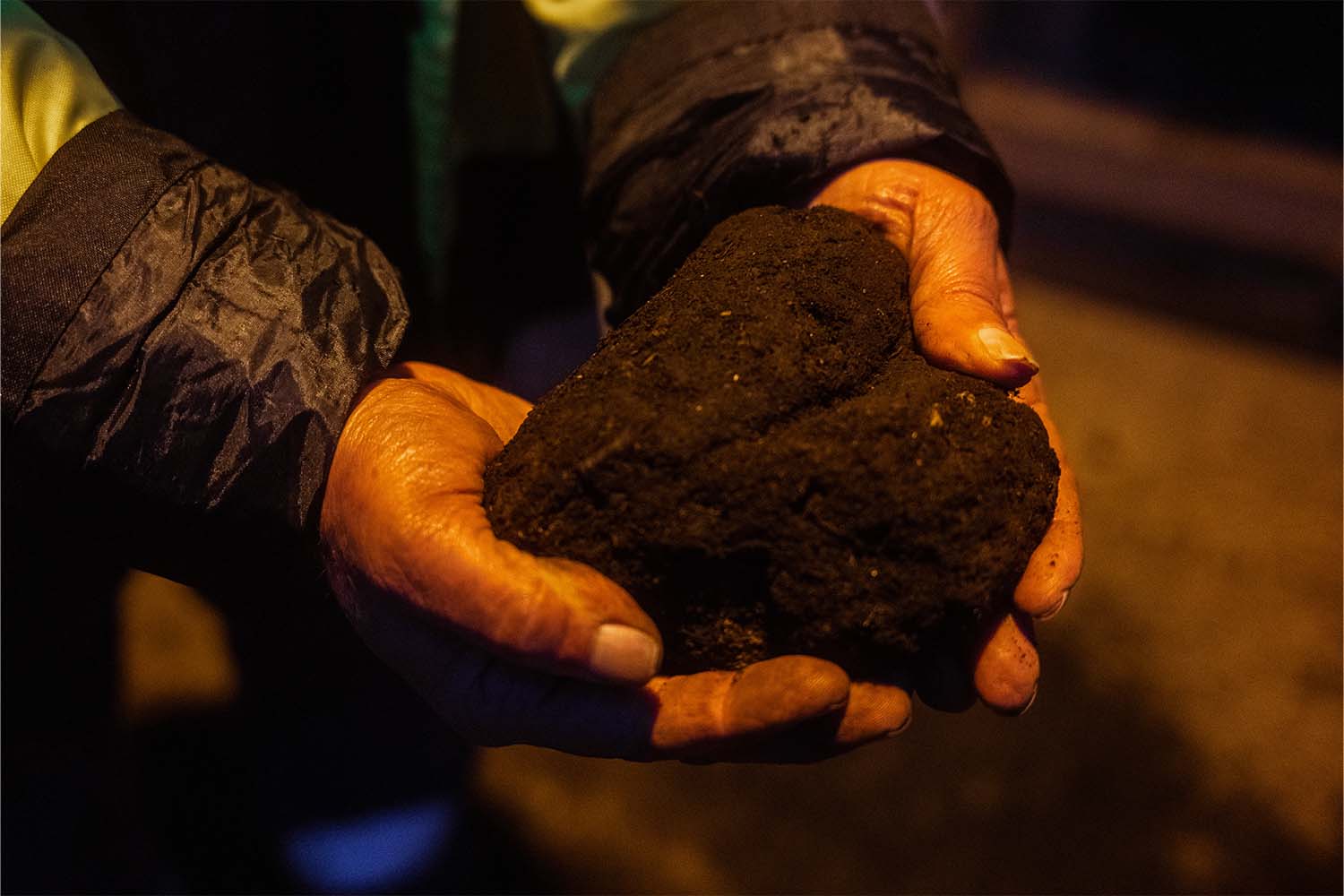
The Environmental Concern
The process of making peated Irish whiskey isn’t exactly cheap. Is that extra cost in distilling justified in the end product? That remains to be seen, especially as technology, environmental factors and exploration of additional flavors may hinder what has been (re)started here.
“It will certainly add to the complexity of the category, and that offers more choice for consumers, which is welcome,” Coyningham says. “However, using peat to smoke the malt is only one variable in the process, and it’s possible to influence flavor by flexing many other elements of the whiskey production process,”
Clancy echoes this sentiment, explaining that while peat shows category innovation, other ways to create a more premium version of Irish whiskey may be on the way. “There are increasing restrictions on the harvesting of peat, so peated malt is likely to become more expensive and thus peated whiskey rarer as time goes on,” he says. “It certainly produces a very differentiated product, but it’s just one of the levers a distiller can pull to produce a more premium product.”
This Irish Whiskey Is Bringing Back a Long-Lost Smoky Tradition
Waterford is reintroducing the long-lost concept of a smoky, peated Irish whiskey that utilizes Irish peatMark Reynier, founder and CEO of the terroir-focused Waterford Whiskey, points out that peat is becoming an environmental issue. As he explains, government authorities are keen to eradicate the traditional burning of peat domestically and there is a ban on its horticultural use, as some environmentalists object to the peat erosion caused by excessive deer numbers and perceived carbon sink damage. This could kill the upward momentum that peated Irish whiskey has brought to the industry.
“The question should really be how long can people continue to enjoy peated whisky?” Reynier says. “ We distill this on a year-by-year basis, but we have no idea how much longer we will be allowed to do so. It could be the shortest-lived whisky ever, as extraction rights are coming under enormous pressure.”
It’s Not Exactly a Crowd-Pleaser
Like Scotch, peated Irish whiskey can be a bit polarizing. “It’s a particular taste, not for everyone, and certainly not reminiscent of any other U.S. drink,” Reynier says. “One either loves it or hates it, there’s just no half measure. While there are certain people — dubbed “peatheads” or “peatfreaks” — who tend to enjoy tipples that are the smokier the better, that sipper is still in the minority.”
Clancy echoed this sentiment, noting that while peat in whiskey is quite divisive, the attention that peated options bring to the overall market will help to raise visibility, especially in a U.S. market that doesn’t always understand or appreciate Irish whiskey’s nuances. “Those who love peated whiskey will be more inclined to try peated Irish whiskey than non-peated, so it will attract more whiskey drinkers to Irish whiskey in general — and some of these will go on to try unpeated expressions, which is good for the category as a whole,” he says.
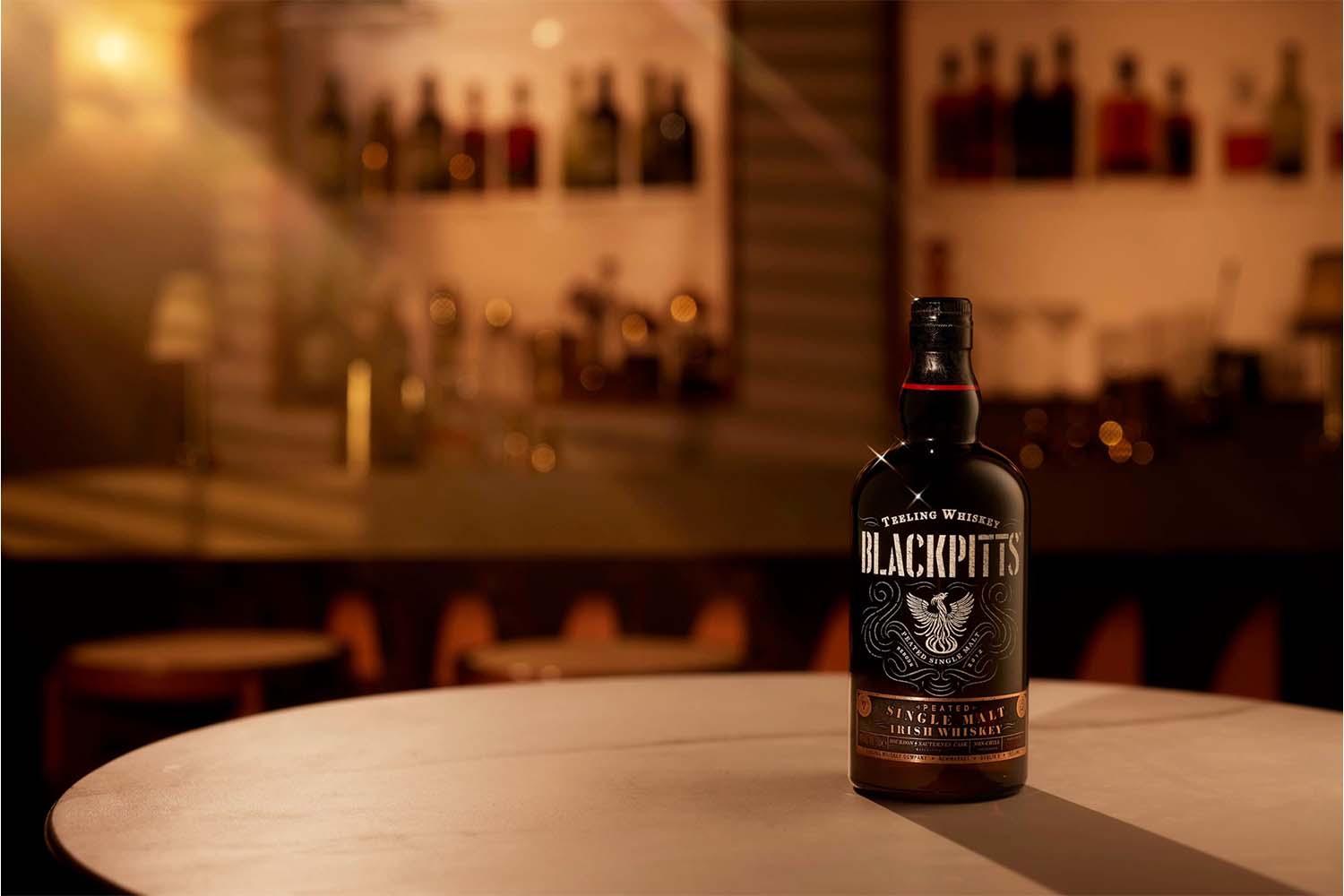
When it comes to drinking a peated Irish whiskey, Coyningham says that time must be spent enjoying the levels of flavors. “The flavor of the peat can be a little overpowering, and it’s important to get at the flavors in the whiskey beyond this,” he says. “In terms of a cocktail, a Penicillin would be my first choice.”
Reynier, who also says a Penicillin or an Old Fashioned would be his cocktail for a peated Irish whiskey, prefers a unique form of straight sipping: he suggests pouring the spirit into a big wine glass to let it breathe. “Add some still water — as much or as little as you like — to further enhance the flavor release as well as reduce the alcohol strength,” he says.
Conversely, drinking a modern-day peated expression now provides a more tangible link to Irish whiskey’s past. Before Prohibition and the loss of the British Empire market, Irish whiskey would have used peat, explains Reynier. And the return to the style brings back a cultural element to the spirit that has not been seen for more than 100 years.
“If you want to know what the whisky flavors your Irish ancestors would recognize, this is it: Irish barley with Irish peat together for the first time in a century,” Reynier says. “Peat fans rejoice in the more obvious, rich, heady, smoky aromas.”
Join America's Fastest Growing Spirits Newsletter THE SPILL. Unlock all the reviews, recipes and revelry — and get 15% off award-winning La Tierra de Acre Mezcal.
